Spiny cichlid - Archocentrus spinosissimus
Scientific name: Archocentrus spinosissimus
Common name: Spiny cichlid
Family: Cichlidae
Usual size in fish tanks: 13 - 15 cm (5.12 - 5.91 inch)
014
Recommended pH range: 7 - 7.6
Recommended water hardness: 5 - 12°N (89.29 - 214.29ppm)
0°C 32°F30°C 86°F
Recommended temperature range: 23 - 27 °C (73.4 - 80.6°F)
The way how these fish reproduce: Spawning
Where the species comes from: Central America
Temperament to its own species: peaceful
Temperament toward other fish species: peaceful
Usual place in the tank: Bottom levels
Origin
The Spiny cichlid originates from Central America where they inhabit waterways that are dense in vegetation and this should be replicated in the aquarium.
Short description
Like most cichlids these fish are renowned for having an aggressive nature but if given the room they are not as hostile as some of the more aggressive species. They are referred to under a few common names such as Spiny cichlid, Spinner cichlid or even Spinos cichlid but they are the same fish with the Latin name of Archocentrus spinosissimus and they display a range of colouration varying from grey to black with purple markings. Adult specimens will reach a size of 6 inches and if cared for correctly will live for many years. They are classed as bottom swimmers as they look for food in the substrate but during the hours they will occupy all levels.
Lifespan
If cared for correctly the average lifespan of the Spiny cichlid is expected to be between 6-7 years.
General care
The Spiny cichlid like space so the minimum aquarium size required for these fish should be at least one capable of holding 40-50 gallons in water volume. They prefer well planted aquariums with lots of hiding places, this will make them feel more at ease but allow for open swimming spaces at the front so keep the planting to the sides and rear of the aquarium. Additional rocks or wood can be added to provide even more hiding places. The water temperature should range between 23-27°C (73-80°F) and keep the pH slightly alkaline if possible although a range between 7.0-7.6 will suffice.
They are high waste producers so use a filtration system rated for the water volume of the aquarium and back this up with regular water changes. The Spiny cichlid is not overly aggressive compared to some of the other cichlid species but as expected aggression will increase during spawning times if this takes place in the main aquarium.
Feeding
Feeding is not a problem with the Spiny cichlid as they have a voracious appetite and should accept all foods offered. They are classed as omnivores so use a quality flake or cichlid pellets for the main diet but this should be varied with extra vegetable matter and meaty foods. Vegetable matter can be offered in the form of blanched peas, cucumber or zucchini that has been chopped and there are many live or frozen meaty foods such as brine shrimp, blood worms etc.
Sexing
Mature males tend to be larger than the females with a stockier body shape.
Breeding
The Spiny cichlid are substrate spawners and are not too difficult to breed if given the correct conditions. It may be best to breed in a separate tank due to the increased aggression levels and this also makes protecting the fry a lot easier. They will require some artificial caves to select as spawning sites, upturned terracotta plant pots, aquarium ornaments etc. are ideal and when ready to spawn the male will invite the female into the cave to deposit her eggs which are fertilised immediately. The eggs should hatch in 2-3 days and if there are plants in the breeding tank the parent fish may move the wrigglers into them for extra protection. Once the fry are free swimming they will require feeding, initial feeds should include newly hatched brine shrimp, artemia or even a commercial egg layer fry food.
As the fry grow they will start to feed on the same food as their parents but to start with any flake or pellets should be crushed as they only have small stomachs and very small mouths.
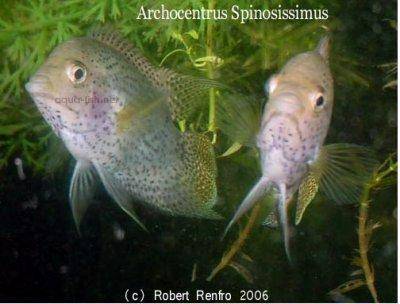



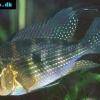 Thread-finned
Thread-finned 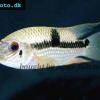 Acara
Acara 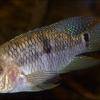 Yellow
Yellow 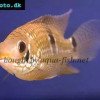 Patrick's
Patrick's 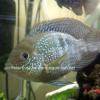 Blue
Blue 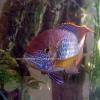 Green
Green 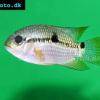 Acara
Acara 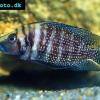 White
White 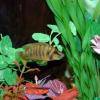 Compressed
Compressed 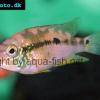 Pastel
Pastel 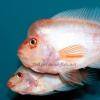 Midas
Midas 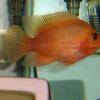 Red
Red 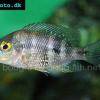 Bluemouth
Bluemouth 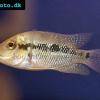 False
False 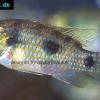 African
African 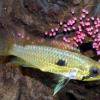 Agassiz's
Agassiz's 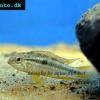 Banded
Banded 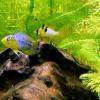 Yellow
Yellow 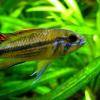 Cockatoo
Cockatoo 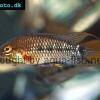 Blue
Blue 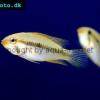 Blackstripe
Blackstripe 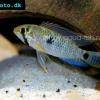 Highfin
Highfin 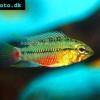 Redstripe
Redstripe 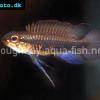 Threadfinned
Threadfinned 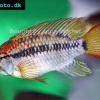 Macmaster’s
Macmaster’s 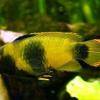 Panda
Panda 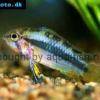 Norbert’s
Norbert’s 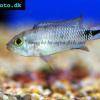 Blue
Blue 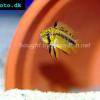 Thin-line
Thin-line 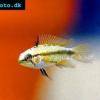 Three-striped
Three-striped 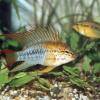 Viejita
Viejita 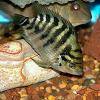 Flier
Flier 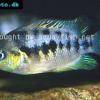 Archocentrus
Archocentrus 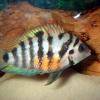 Convict
Convict 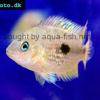 Seven
Seven 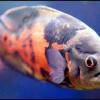 Oscar
Oscar 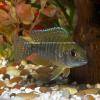 Sunshine
Sunshine 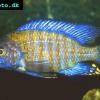 Chitande
Chitande 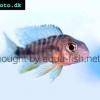 Firebird
Firebird 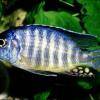 Midnight
Midnight 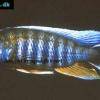 Lake
Lake 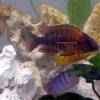 Sunshine
Sunshine 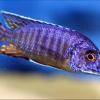 Aulonocara
Aulonocara 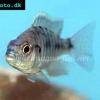 Nyasa
Nyasa 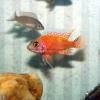 Ruby
Ruby 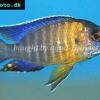 Grants
Grants 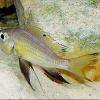 Aulonocranus
Aulonocranus 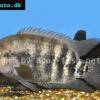 Chameleon
Chameleon 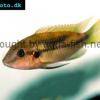 Benitochromis
Benitochromis 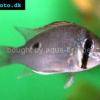 Orinoco
Orinoco 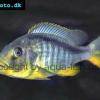 Yellow
Yellow 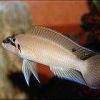 Brichard’s
Brichard’s 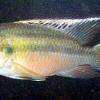 Guenther’s
Guenther’s 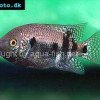 Southern
Southern 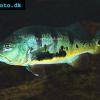 Cichla
Cichla 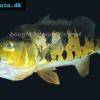 Peacock
Peacock 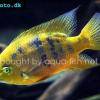 Chiseltooth
Chiseltooth 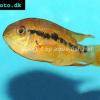 Bolivian
Bolivian 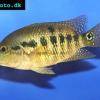 Red
Red 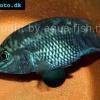 Many-pointed
Many-pointed 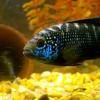 Jack
Jack 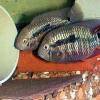 Red
Red 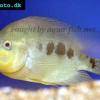 Three
Three 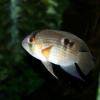 Keyhole
Keyhole 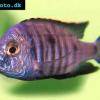 Azureus
Azureus 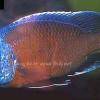 Red
Red 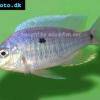 Jackson’s
Jackson’s 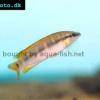 Crenicichla
Crenicichla 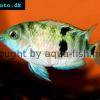 Honduran
Honduran 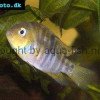 Blue-eye
Blue-eye 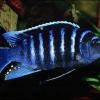 Afra
Afra 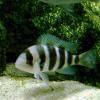 Frontosa
Frontosa 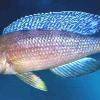 Slender
Slender 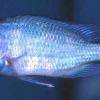 Malawi
Malawi 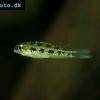 Chequerboard
Chequerboard 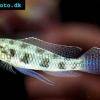 Checkerboard
Checkerboard 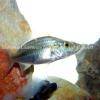 Malawi
Malawi 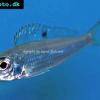 Ectodus
Ectodus 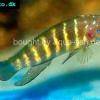 Tanganyika
Tanganyika 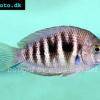 Canara
Canara 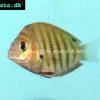 Green
Green 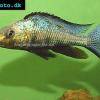 Rostratus
Rostratus 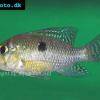 Pearl
Pearl 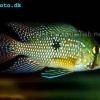 Geophagus
Geophagus 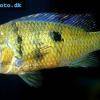 Yellowhump
Yellowhump 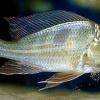 Suriname
Suriname 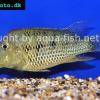 Redhump
Redhump 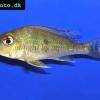 Red
Red 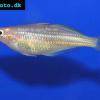 Dority’s
Dority’s 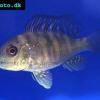 Argentine
Argentine 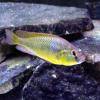 Burton’s
Burton’s 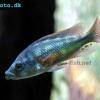 Victoria
Victoria 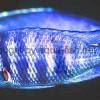 Haplochromis
Haplochromis 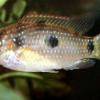 Jewel
Jewel 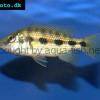 Banded
Banded 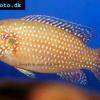 Lifalili
Lifalili 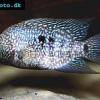 Lowland
Lowland 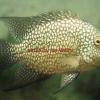 Texas
Texas 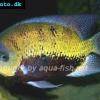 Pantano
Pantano 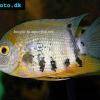 Severum
Severum 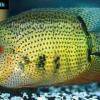 Banded
Banded 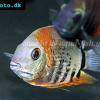 Severum
Severum 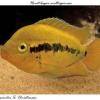 Rainbow
Rainbow 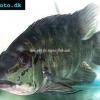 Parrot
Parrot 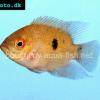 Chocolate
Chocolate 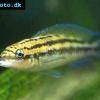 Brown
Brown 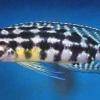 Marlieri
Marlieri 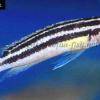 Golden
Golden 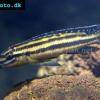 Striped
Striped 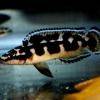 Masked
Masked 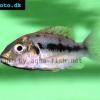 Konye
Konye 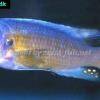 Blue
Blue 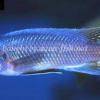 Trewavas
Trewavas 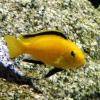 Electric
Electric 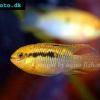 Dwarf
Dwarf 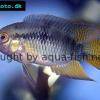 Redbreast
Redbreast 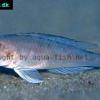 Lamprologus
Lamprologus 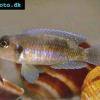 Gold
Gold 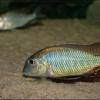 Greenface
Greenface 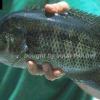 Mayan
Mayan 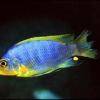 Aurora
Aurora 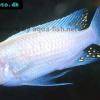 Blue
Blue 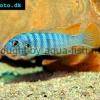 William’s
William’s 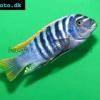 Zebra
Zebra 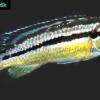 Malawi
Malawi 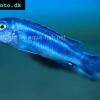 Blue
Blue 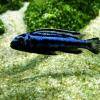 Blue
Blue 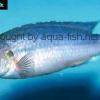 Mbuna
Mbuna 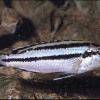 Parallel
Parallel 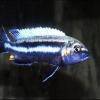 Purple
Purple 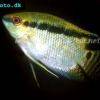 Flag
Flag 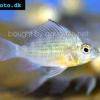 Bolivian
Bolivian 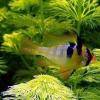 Ram
Ram 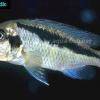 Basket
Basket 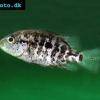 Haitian
Haitian 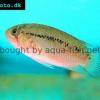 Zebra
Zebra 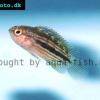 Striped
Striped 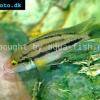 Neolamprologus
Neolamprologus 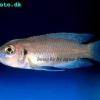 Brevis
Brevis 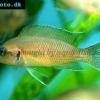 Fairy
Fairy 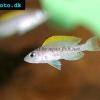 Neolamprologus
Neolamprologus 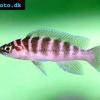 Cylindricus
Cylindricus 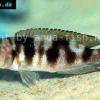 Hecq’s
Hecq’s 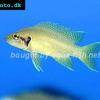 Neolamprologus
Neolamprologus 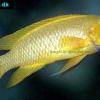 Lemon
Lemon 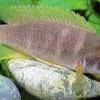 Mustax
Mustax 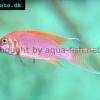 Daffodil
Daffodil 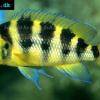 Six-bar
Six-bar 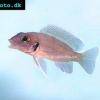 Five-bar
Five-bar 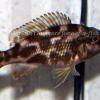 Marbled
Marbled 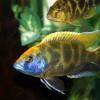 Giraffe
Giraffe 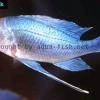 Blue
Blue 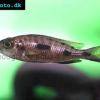 Sulphurhead
Sulphurhead 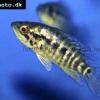 Wolf
Wolf 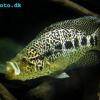 Jaguar
Jaguar 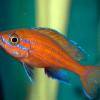 Blue
Blue 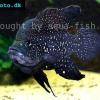 Marakeli
Marakeli 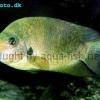 Madagascar
Madagascar 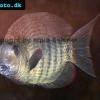 Pinstripe
Pinstripe 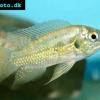 Pelmatochromis
Pelmatochromis 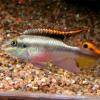 Kribensis
Kribensis 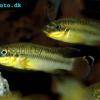 Striped
Striped 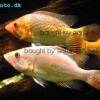 Red
Red 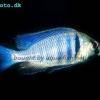 Deepwater
Deepwater 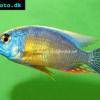 Fenestratus
Fenestratus 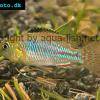 Nichols’
Nichols’ 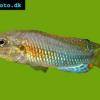 Southern
Southern 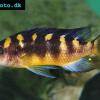 Bumble
Bumble 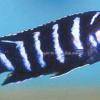 Demason’s
Demason’s 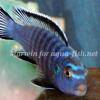 Slender
Slender 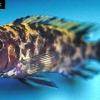 Red
Red 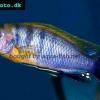 Mbuna
Mbuna 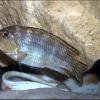 Malawi
Malawi 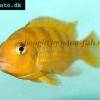 Kenyi
Kenyi 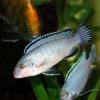 Powder
Powder 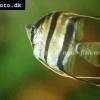 Altum
Altum 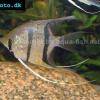 Angelfish
Angelfish 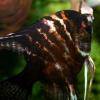 Angelfish
Angelfish 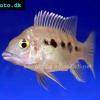 East
East 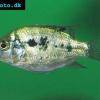 Juba
Juba 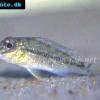 Earth
Earth 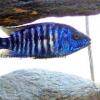 Electric
Electric 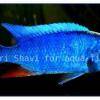 Azure
Azure 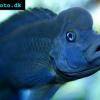 Lionhead
Lionhead 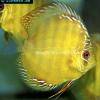 Discus
Discus 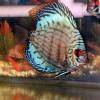 Blue
Blue 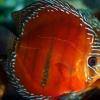 Red
Red 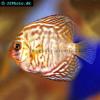 Zebra
Zebra 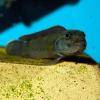 Brichard’s
Brichard’s 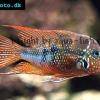 Blue
Blue 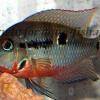 Firemouth
Firemouth 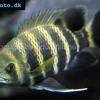 Zebra
Zebra 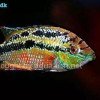 Yellow
Yellow 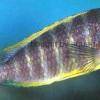 Blue
Blue 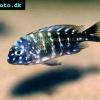 Dwarf
Dwarf 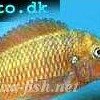 Blunthead
Blunthead 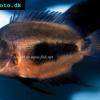 The
The 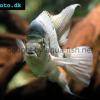 White
White 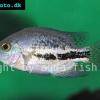 Twoband
Twoband 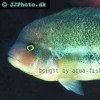 Fenestratus
Fenestratus 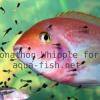 Window
Window 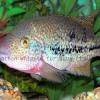 Tailbar
Tailbar 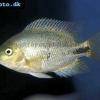 Black
Black 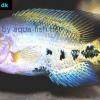 Redhead
Redhead 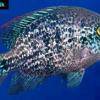 Oaxaca
Oaxaca 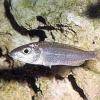 Xenotilapia
Xenotilapia